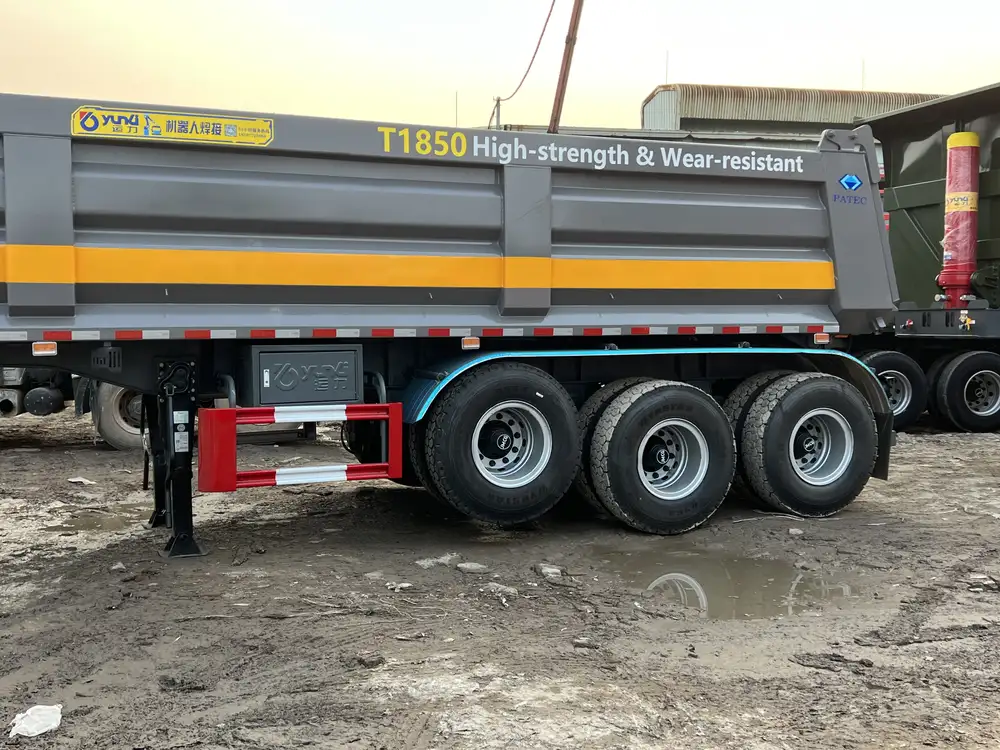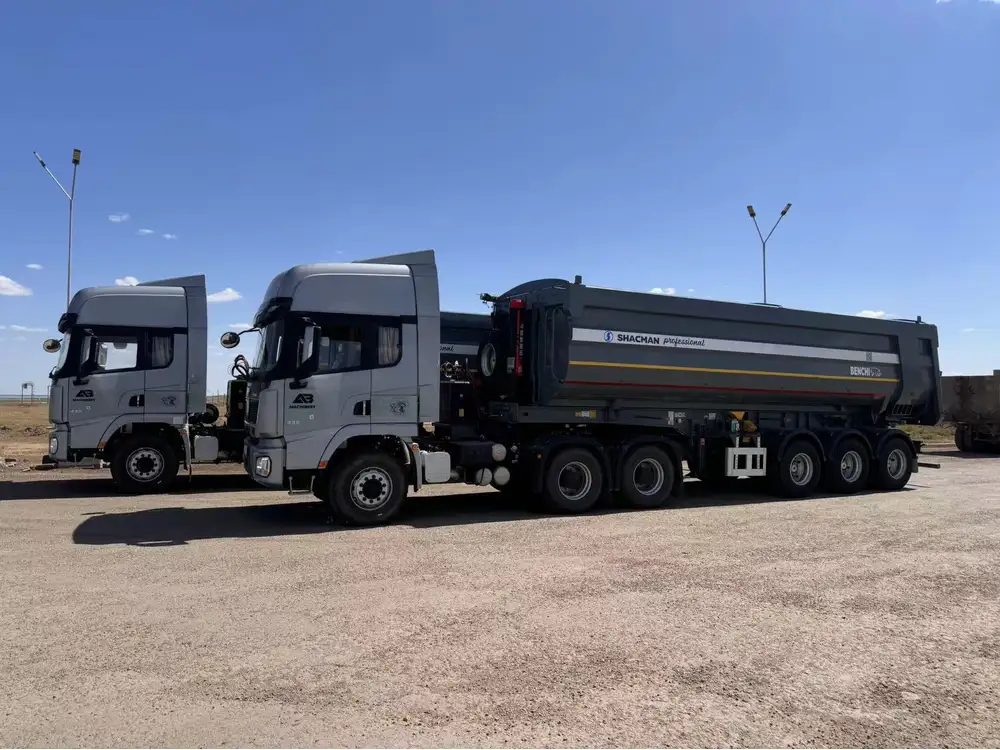Understanding how to properly drain your camper trailer water tank is essential for maintaining your trailer’s hygiene, prolonging its lifespan, and ensuring optimal performance. Whether you’re preparing for winter storage, cleaning your water system, or simply ensuring that your trailer is in tip-top shape for your next adventure, knowing the ins and outs of this process is vital for every camper owner. Below is a comprehensive guide that will lead you through the intricate steps, considerations, and best practices to effectively drain your camper trailer water tank.
Table of Contents
- Why It’s Important to Drain Your Water Tank
- Tools and Supplies Required
- Step-by-Step Guide to Draining Your Water Tank
- Common Problems and Troubleshooting
- Maintenance Tips to Keep Your Water Tank in Shape
- Conclusion
Why It’s Important to Drain Your Water Tank
Draining the water tank in your camper trailer is not merely a good practice; it’s essential for several reasons:
- Prevention of Algae Growth: Stagnant water can lead to the growth of algae and bacteria, which not only compromises water quality but can also clog your rv plumbing system.
- Protection Against Freezing: For those in colder climates, water that remains in the tank can freeze during the winter months, leading to significant damage.
- Separation of Contaminants: Residual water can contain sediments and contaminants that may affect the taste and quality of your water.
- Improved Equipment Lifespan: Regularly draining the water tank helps in maintaining the integrity of the system components, thereby prolonging their life.

Tools and Supplies Required
Before we dive into the step-by-step guide, gather the following essential tools and supplies to make the draining process smooth and efficient:
| Tool/Supply | Purpose |
|---|---|
| Bucket | To catch water from the drain valve. |
| Hose | To direct water away from your trailer. |
| Wrench | To tighten or loosen fittings. |
| Screwdriver | For any panel removal needed. |
| Cleaning Solution | For sanitizing the water system. |
| Gloves | For hygiene and safety. |
Safety Considerations
- Always wear gloves when working with water tanks to avoid contact with any harmful substances.
- Make sure to follow any specific manufacturer recommendations pertaining to your model.
Step-by-Step Guide to Draining Your Water Tank
Draining your water tank requires a bit of effort, but with careful attention to detail, it can be done efficiently. Here’s how:

Step 1: Empty the Fresh Water Tank
Start the process by turning off the water supply. Then, open the faucets in your camper to release any pressure. This step is crucial because it allows air to enter the system, facilitating a more effective drain.
- Check Your Water Gauge: Ensure that you note down the current level of water in your tank.
- Open Faucets: Begin with the kitchen tap, and then proceed to the bathroom sink, shower, and any other water outlets.
Step 2: Locate and Open the Drain Valve
Next, you’ll need to locate the drain valve, which is typically found underneath the trailer. Depending on the design, you may need tools such as a wrench for tightening or loosening to access it.
- Identify the Drain Valve: Look for a valve or a hose bib protruding from the tank.
- Prepare for Spillage: Place a bucket or hose underneath to catch the drained water.
Step 3: Drain the Water System
With the valve located and prepared, it’s time to let the water flow out.
- Open the Drain Valve: Turn the valve counter-clockwise to open it, allowing the water to flow out.
- Monitor the Drainage: Keep an eye on the draining process to ensure water does not overflow beyond the bucket or hose.

Step 4: Purge the Water Lines
After you have drained the fresh water tank, it’s essential to purge any leftover water in the lines.
- Turn on All Faucets: With the fresh water tank valve open, turn on all faucets and allow them to run until only air comes out.
- Flush the System: You may incorporate a few cycles of opening and closing the taps to ensure complete water extraction.
Step 5: Clean the System
Finally, sanitizing your water system is crucial to prevent pathogens and contaminants from compromising the water quality.
- Prepare a Cleaning Solution: Use a diluted mix of vinegar or a commercial sanitizer suitable for RV water systems.
- Run the Solution through the System: Fill your tank with the sanitizer solution, turn on the water pump, and open all faucets until the solution runs through.
- Let It Sit: Allow the cleaning solution to stay in the lines for a couple of hours, ensuring extensive sanitization.
Common Problems and Troubleshooting
Even the most meticulous owners might encounter issues during the draining process. Here, we’ll outline some common problems along with their solutions:
| Issue | Possible Cause | Solution |
|---|---|---|
| Water Not Draining | Clogged drain valve | Inspect and clean the valve. |
| Strange Odors | Algae buildup | Sanitize the tank and lines. |
| Frozen Water Lines | Low temperatures | Consider winterizing your water system before freezing conditions. |

Maintenance Tips to Keep Your Water Tank in Shape
To keep your camper trailer water tank in optimal condition, consider implementing the following maintenance tips regularly:
- Conduct Regular Draining: Aim to drain and clean your water system at least every three months.
- Use a Water Filter: Installing a filtration system can significantly improve water quality.
- Monitor Water Quality: Regularly check for any strange odors, discoloration, or sediment.
- Inspect for Leaks: Routinely check hoses, fittings, and valves for leaks or drips.
- Winterize the Tank: Before freezing temperatures set in, ensure your water tank is properly winterized to prevent damage.
Conclusion
Understanding how to drain your camper trailer water tank efficiently is not only a matter of convenience but also essential for maintaining the cleanliness, safety, and longevity of your trailer’s water system. By following the detailed steps and guidelines outlined above, we can ensure a smooth and successful draining process. This not only secures optimal water quality for your next adventure but also upholds the integrity of your entire water system. Remember, a clean water tank paves the way for a pleasant and refreshing travelling experience. Happy camping!



